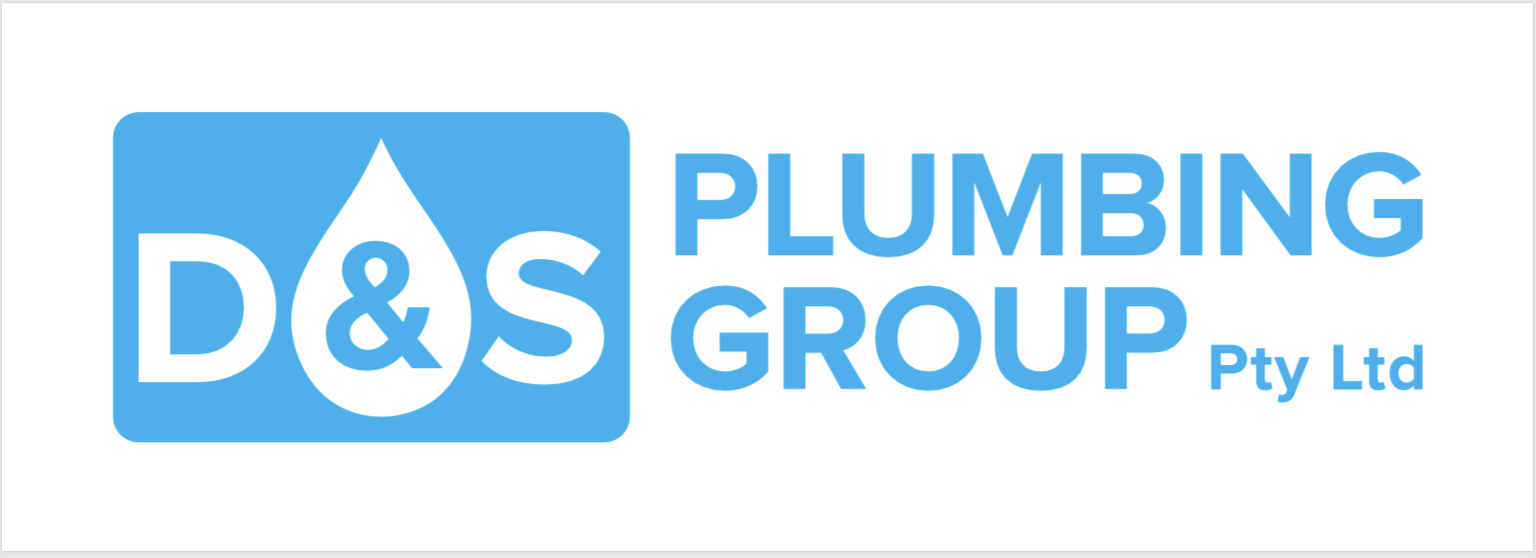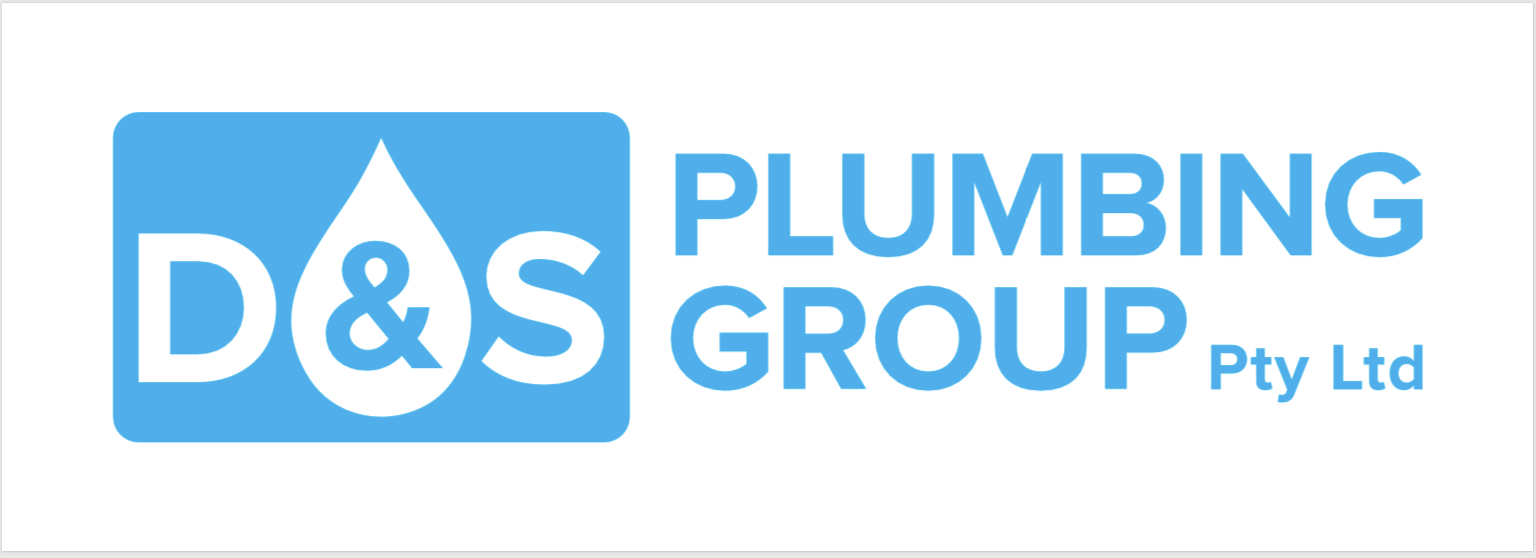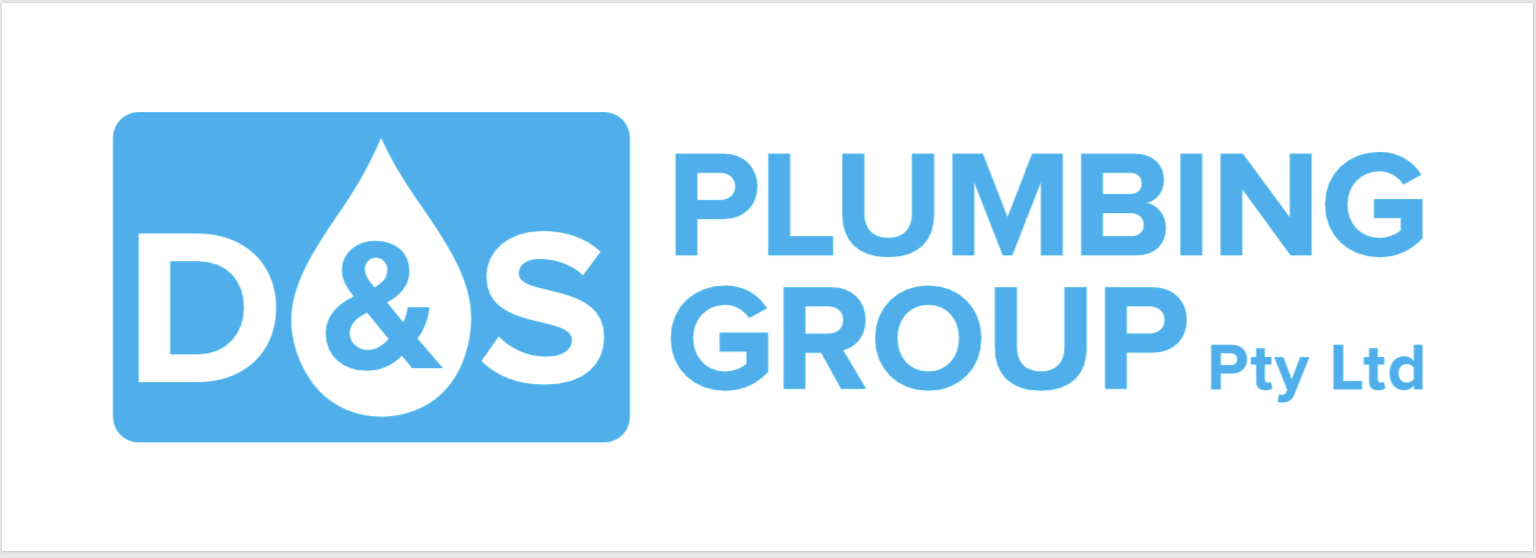Title Page
-
Conducted on
-
Prepared by
-
Location
Test
-
Flush and clean line strainer
- Yes
- No
- N/A
-
Location of valve in building
-
Make of device
-
Model of device
-
Serial number
-
Open upstream isolating valve 4 where necessary
-
Open and close valve test taps 1,2,3 to flush out any foreign matter
Testing of upstream and downstream isolating valves
-
For this stage of testing it is advisable to relieve the pressure downstream of downstream isolating valve 5 ensure you close outlet where you relieved pressure.(be aware of armed fire services)
-
Ensure test kit valves A and C are open and B is closed
-
Connect high pressure hose to test tap 3
-
Slowly open test tap 3 and bleed water through vent to remove air.
-
In sequence close test kit valve C and upstream valve 4 ( note diff gauge will indicate a high reading)
-
Open and close test kit valve B to drop pressure on gauge to 70 or 80 Kpa
-
Observe gauge you are looking for a rise or fall in gauge
-
If gauge is rising either the upstream or down stream isolating valves are leaking, to determine which valve is leaking open test tap 1. If there is continuous discharge of water from test tap 1, the upstream isolating valve is leaking. If the pressure is dropping and approaching zero the downstream isolating valve is faulty. Any faulty isolating valves shall be repaired or replaced, leakage invalidates test results.
- Gauge rising- repaired or replaced upstream valve and test continued.
- Gauge dropping - repaired or replaced downstream isolating valve and test continued
- Both isolating valve were tight. Continue test
-
Close test tap 3 and open test kit valve C to relieve pressure in test kit, then disconnect high pressure hose from test tap 3
Testing of upstream check valve 1
-
Open upstream isolating valve 4
-
Ensure test kit valves A and B are closed whilst C is open
-
Connect high pressure hose to test tap 1 and low pressure hose to test tap 2 then open test taps 1 and 2
-
Open test kit valve A and bleed water through vent hose to relieve any air from gauges and hoses then close test kit valve A
-
Slowly open test kit needle B and bleed air through vent hose
-
Slowly close test kit needle B and observe and record reading on gauge. If a reading below 35 kpa is indicated the check valve is deemed faulty. The valve shall be repaired or replaced and the test shall be repeated.
-
Do not remove hoses or relieve pressure from test kit after this test as it prepares you for the next test
Testing of the relieve valve
-
Close test kit valve C and open test kit valve A
-
Slowly open test kit needle valve b observing both gauge and relieve port, record reading on pressure gauge when relief port commences discharging. ( if a reading of below 14 kpa is indicated the relief mechanism is deemed to be faulty the mechanism shall be repaired or replaced and test shall be repeated)
-
Close test taps 1 and 2 open test kit valves to relieve pressure from test kit then disconnect low pressure hose from test tap 2
Testing of downstream check valve
-
Ensure test kit valves A and B are closed whilst C is open
-
The high pressure hose should still be connected to test tap 1
-
Connect low pressure hose to test tap 3 then open test taps 1 and 3
-
Open test kit valve A and bleed water through vent hose to remove all Air from gauge and hoses
-
Close test kit valve A
-
Slowly open test kit needle valve B and bleed air through vent hose (DO NOT CLOSE TEST KIT NEEDLE VALVE B)
-
Slowly close test kit valve C and open test kit valve A and observe relief port for the presence of a continual discharge, if a continual discharge is present (short discharge is acceptable) the down stream check valve is deemed to be faulty and shall be repaired or replaced then test shall be repeated.
- Relief port has continual discharge, replaced or repaired relief port and test recommenced
- Short discharge ( acceptable ) test commenced
-
IF YOU HAVE PERFORMED THIS PART OF THE TEST PROPERLY THERE WILL BE NO READING ON THE GAUGE.
-
Close test taps 1 and 3 then open test kit valves to relieve any pressure on the test kit. Disconnect test kit hoses and open downstream isolating valve to restore the device back to its working condition. REMOVE TEST KIT ADAPTORS FROM TEST TAPS








